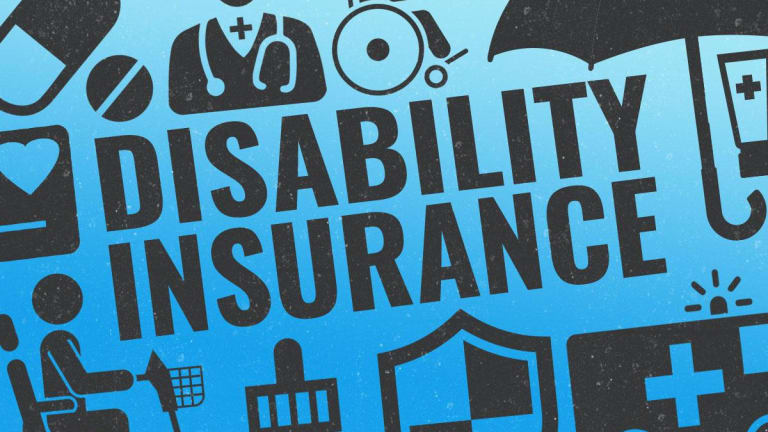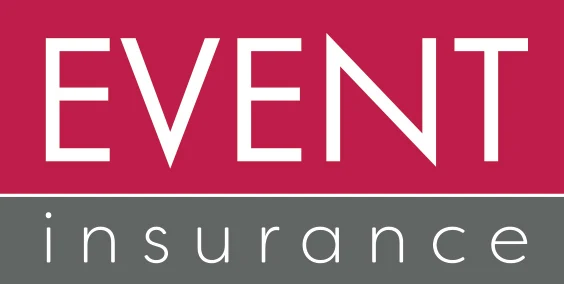Insurance
A Comprehensive Guide to Disability Insurance
Being unable to work due to illness or injury can have devastating financial consequences without proper insurance protections. In this post, we’ll explore in-depth what disability insurance is, how it works, different types of policies and providers, important factors to consider and examples of disability claims. By the end, you’ll have a thorough understanding of disability insurance and how it can safeguard your income during times of need.
What is Disability Insurance?
At its core, disability insurance is a type of insurance that provides income replacement should an individual become unable to work due to a verified disability. It offers financial security for times when illness, injury, disease or other covered conditions prevent one from earning an income. While not protecting your health directly, disability insurance helps protect your livelihood by supplementing lost wages during eligible periods of disability.
How Does Disability Insurance Work?
When an individual becomes too ill or injured to continue working and meets their insurer’s definition of disability, they would file a claim with supporting medical documentation. The insurance then kicks in, replacing a percentage of the individual’s pre-disability income according to the policy terms.
There are a few key factors that impact coverage:
- Waiting/Elimination Period: The time between disability onset and benefit eligibility, usually 30/60/90 days.
- Benefit Amount: Most policies pay 50-70% of pre-disability earnings, up to a defined maximum.
- Benefit Period: How long payments last, either 2 years or to a certain age like 65 or older.
- Own Occupation: Coverage lasts if unable to do your own job or any similar work.
- Definition of Disability: What qualifies as a covered disability, physical disabilities, or those affecting mental health too.
- Pre-existing Condition Exclusions: Conditions diagnosed before insurance begins may not be covered.
Disability claim administration and ongoing reviews ensure appropriate benefit durations. Policies aim to replace lost income, not entirely compensate for lowered standards of living due to disability.
Types of Disability Insurance Providers
There are two main sources for disability coverage – public and private options:
Social Security Disability Insurance (SSDI)
A public insurance program managed by the Social Security Administration, available to eligible workers who have paid into the program long enough. Benefits depend on work history and currently average about $1,200/month for those who qualify. However, the SSDI application, approval and appeals process can take a significant amount of time, with initial claims usually taking around 4-6 months and appeals sometimes years. SSDI also ceases benefits once disability ends or at retirement age, so it provides long-term income protection but not complete replacement.
Private Disability Insurance
Private individual and group disability insurance policies sold by commercial insurers provide flexible options to fill in coverage gaps. Plan terms, costs, benefit amounts and definitions of disability vary widely. Some common types are:
- Individual policies purchased independently by workers
- Group long-term disability through an employer
- Individual long-term disability for self-employed
- Individual short-term disability for temporary coverage
- Disability riders on life insurance policies
Private options offer some key advantages over SSDI like a wider range of benefit amounts, definitions of disability, coverage for mental health conditions and part-time work opportunities. The tradeoff is that premiums must be paid regularly to maintain uninterrupted private coverage. For most comprehensive protection against lost income due to disability, experts recommend securing both SSDI and supplemental private disability coverage if possible.
Important Factors When Choosing a Policy
Deciding on disability insurance involves weighing coverage needs against affordability. Some factors to carefully consider include:
- Income Level – Higher earners need greater income replacement amounts.
- Occupation – Risk of disability can vary greatly between professions.
- Health History – Any pre-existing conditions may impact premiums or coverage.
- Waiting Period – Shorter is more expensive but starts benefits sooner.
- Maximum Benefit Period – Shorter terms have lower premiums but risk running out of coverage if claim lasts years.
- Own Occupation vs Any Occupation – Own provides broader coverage but is more expensive.
- Mental Health Coverage – SSDI only, many private plans now cover both physical and mental illnesses comprehensively.
- Non-Cancelable Feature – Protects coverage amount from future premium increases.
- Cost of Living Adjustments – Benefits may increase annually to keep pace with inflation.
Meeting with an insurance broker can help analyze all factors to develop a customized disability protection plan within one’s budget and lifestyle needs. Regular policy reviews also keep coverage optimized to changing life circumstances over time.
Disability Insurance Claim Examples
Here are a few examples showing how disability insurance may respond in real-life claim scenarios:
Short-Term Private Disability Example
Samantha works in an office job earning $50,000 annually. She purchases a short-term disability policy that covers 60% of her income for up to 6 months if unable to work due to illness or injury. During influenza season, Samantha comes down with the flu and her doctor places her out of work for 4 weeks to recover fully. Her private short-term disability insurance would pay her approximately $1,667 per month ($50,000 x 0.6 / 12) for the month she was unable to work due to her covered illness.
Long-Term SSDI & Private Disability Example
John is self-employed earning $80,000 per year restoring classic cars. He pays both SSDI and private long-term disability premiums for coverage through retirement age. At 45, John is in an accident that severely injures his back, requiring surgery but leaving him paralyzed below the waist and unable to continue his work. He qualifies for and starts receiving $1,500 per month from SSDI after a 6-month waiting period. His private disability also kicks in, providing an additional $2,000 per month to replace 60% of his lost income. These benefits would continue until John reaches full retirement age.
Mental Health Private Disability Example
Sally works as a therapist and earns $70,000 per year. Her job involves counseling clients through difficult life issues and mental health challenges on a daily basis. This constant exposure takes a personal toll, and Sally eventually suffers from burnout and depression, requiring an extended medical leave from work. Because her private disability policy covers both physical and mental illnesses, Sally’s claim would be approved and she would receive 60% of her pre-disability pay, or about $2,333 per month, for the benefit period defined in her plan while she focuses on treatment and recovery.
Final Thoughts on Disability Insurance
Disability is an unpredictable life event that can financially devastate those unprepared. However, securing the right disability protections through prudent planning offers important peace of mind. With disability prevalence rates over 25% for today’s workers, the need for disability insurance is arguably greater now than ever before. By understanding available options, carefully weighing coverage needs and costs, and maintaining robust plans over time, individuals and families can achieve strong financial safeguards for potential periods of disability. With diligent research, disability insurance plays a vital role in comprehensive risk management and protection of one’s livelihood.







